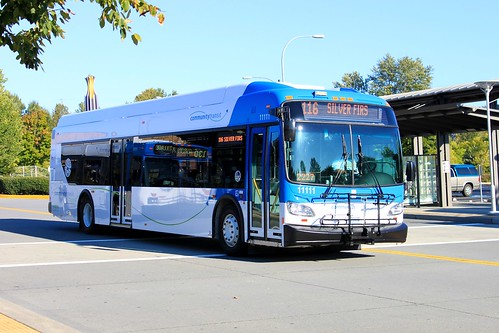
As we reported late last year, Community Transit proposed using 27,000 new service hours for the restoration of Sunday and Holiday service, and increasing span of service and frequency on weekday routes. Last Friday, the Community Transit Board of Directors approved most of the proposed changes. But one element of the proposal, which was geared toward untangling the routing of Route 222, was nixed due to public input. This proposal was only possible because of rapidly increasing sales tax revenues and a fare increase that will begin in July. Here’s the details from the press release:
In its most significant action affecting customers since the service cuts of 2010 and 2012, the Community Transit Board of Directors today approved a plan to bring back Sunday bus service in June.
The board approved a service expansion package that will not only return bus service on Sundays and six major holidays, but it will also increase trips on weekdays and Saturdays, mostly in off-peak times.
In response to public input, the board rejected a plan to alter Route 222 service to the new Walmart store on Highway 9 in Marysville. The board also rejected a plan to drop a small loop on Village Way in Monroe. That loop serves the Monroe Boys & Girls Club, library and senior center. A proposed adjustment to Route 280 serving Boeing from Granite Falls and Lake Stevens was approved.
The board also approved a 25-cent fare increase that will go into effect on July 1. The fare increase affects all adult bus fares and DART paratransit rides. Youth and reduced fares will be unchanged.
Stephen is a professional urban planner in Puget Sound with a passion for sustainable, livable, and diverse cities. He is especially interested in how policies, regulations, and programs can promote positive outcomes for communities. With stints in great cities like Bellingham and Cork, Stephen currently lives in Seattle. He primarily covers land use and transportation issues and has been with The Urbanist since 2014.



